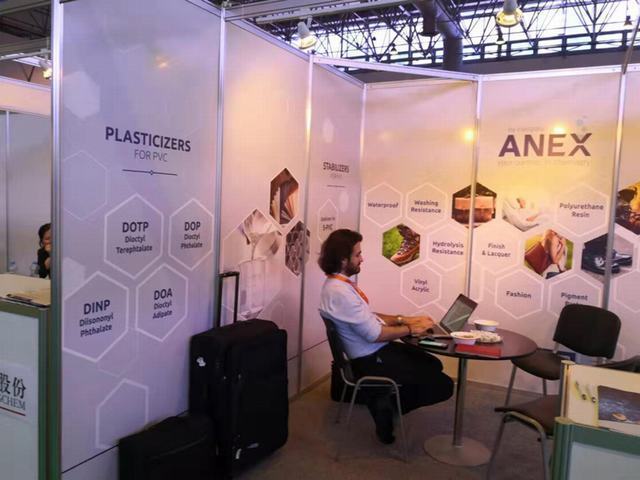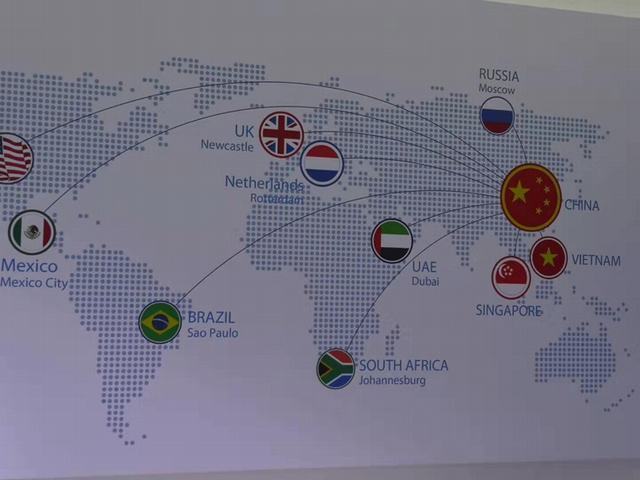Application of re-dispersible latex powder in concrete art mortar
The development of artistic concrete surface
1
As an economical, easy-to-prepare and process building material, concrete has excellent physical and mechanical properties, durability, practicality and reliability, and is widely used in civil construction. However, it is unavoidable that if you only mix cement, sand, gravel and water, what you will get is ordinary concrete. Its appearance and color are not so pleasing to the eye, and it is prone to dust and salt frost. Therefore, indoor concrete floors are usually covered with covering materials such as carpets, vinyl or ceramic tiles, and walls are often decorated with paint, ceramic tiles or facing mortar, or wallpaper.

Today, the concrete art mortar surface decoration process has become one of the highly respected concrete surface artistic methods in North America and Australia. This concrete surface imprinting pattern process (stampedconcrete) originated in the 1950s, which is to spread colored hardeners on the surface of fresh concrete, and use pattern molds and release agents to emboss texture patterns that simulate natural forms on the concrete surface. , such as granite, marble, slate, pebbles or wood textures, to meet people’s demand for natural material decorative effects. This technology is not only suitable for fresh concrete, but also more suitable for the renovation of existing concrete surfaces. Its application areas include home courtyards, garden walkways, driveways, swimming pools, and floors in shopping malls and hotels. The decorative effect of this so-called artistic mortar surface layer is natural, realistic and unique, which can refresh the dull appearance of concrete. It also integrates decoration and functionality, and has the economy, durability and practicality of concrete. And organically combine aesthetics and creativity.
In contrast, the life expectancy of common concrete substrates far exceeds that of commonly used cladding materials, while carpets and vinyl materials are prone to tearing, staining and wear, as well as being stained by water. These floor materials will need to be replaced every year. The artistic mortar surface is as durable as concrete, hygienic and easy to maintain. Its decorative effect can easily match the surrounding architectural style and blend into the surrounding scenery. Unlike carpet or vinyl veneer materials, artistic surface screed is not susceptible to tearing, staining, abrasion or water spillage; there are no fibers or cracks that can hide dust or allergens, and it is easy to clean or flush with minimal effort. maintenance. Compared with the process of imprinting patterns on the new concrete surface, the art mortar surface process is simpler, faster and more economical.

Key components of artistic surface mortar
2
Different from traditional plastering mortars, concrete art surface mortars must contain organic polymers in addition to pigments. This mortar is what we call polymer-modified dry-mixed mortar. This polymer-modified cement-based surface material is composed of cement, aggregates, pigments, VIN-NAPAS redispersible latex powder and other additives. By adjusting the formula, it can well meet the construction performance and hardened properties. various performance requirements.
Polymer-modified cement-based surface materials were introduced into commercial flooring projects in the 1980s and were initially used as thin-layer repair materials on concrete surfaces. Today’s artistic surface mortar can not only be used for floor decoration in various occasions, but also suitable for wall decoration. The polymer-modified artistic surface mortar can be applied very thinly, and its thickness can be the maximum particle size of the sand, or the thickness can reach tens of millimeters without worrying about peeling or cracking. More importantly, the polymer-modified covering The layer is more resistant to damage from salts, aggressive substances, UV rays, harsh climatic conditions and traffic abrasion.
The redispersible latex powder contained in the artistic surface mortar has high adhesion to ensure the firm combination of the surface material and the concrete base material, and gives the artistic mortar good bending strength and flexibility, which can better The ground can bear dynamic loads without being damaged, and�Intensifying tones and adding shine, clear coats can reveal antique charm and shine or make chemical stains appear mottled. Depending on the traffic volume of the floor application, the sealant or wax can be reapplied periodically, but maintenance, like applying floor wax, can be done on an infrequent basis. To avoid damage to the art mortar surface and traffic abrasion, the sealant protector can be applied several times if there is high traffic on the ground. Regular maintenance can well maintain the decorative effect of the surface layer and greatly extend its service life.
Fees and Limitations
8
The average cost of concrete art mortar surface is usually 1/3-1/2 more than the cost of natural stone materials such as slate or granite. Hard flooring materials such as tile, granite or decorative concrete may not appeal to consumers who prefer softer materials such as carpet or soft vinyl. Disadvantages may be the sensation of heat underfoot, the scattering of sound and the possibility of shattering from falling objects, or the safety of the ground where a child may crawl or fall. Many people would like to lay down area rugs on hard floors or long strips of carpet in walkways and areas to add beauty, but these options need to be included in the budget. As one of the effective means to beautify concrete, artistic surface mortar is simple, economical, durable and easy to maintain compared to traditional decorative cladding materials. It is the best embodiment of people’s aesthetics and creativity.